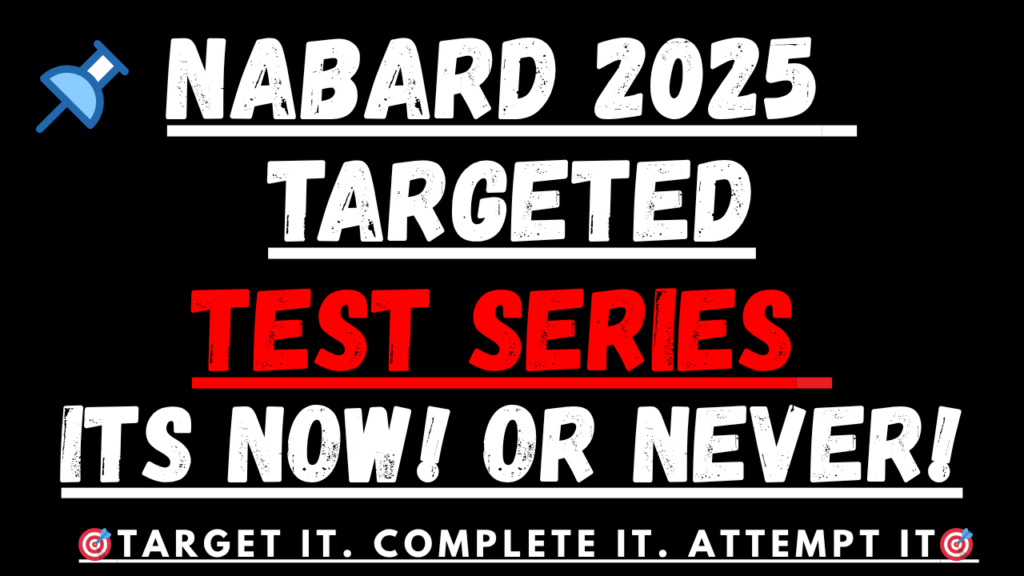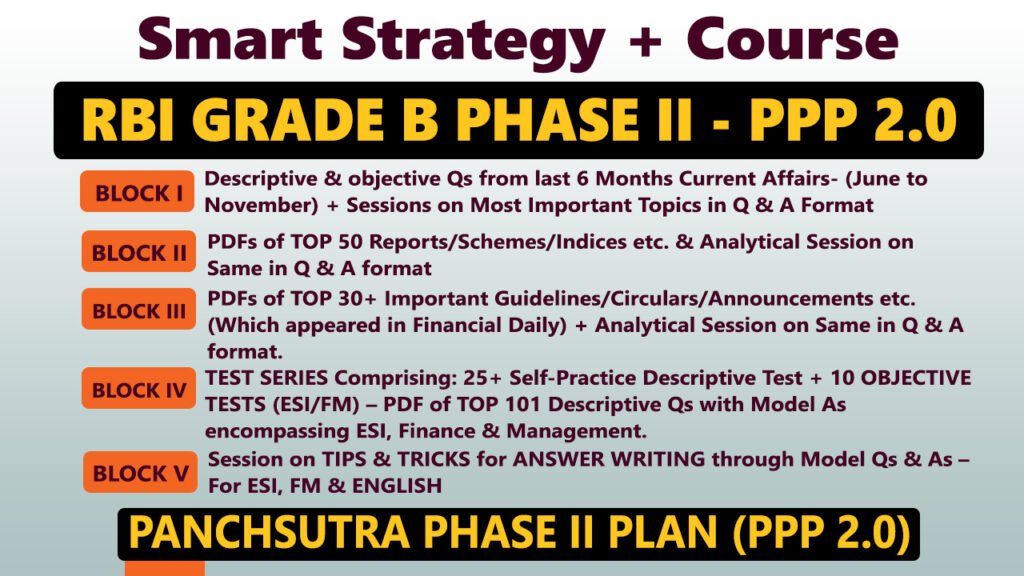Got Questions? We’ve Got Answers!
📚 Whether it’s about exams, career advice, or daily doubts, don’t hesitate—ask away!
💡 Current Affairs Daily Quiz | Daily Quiz for UPSC
💡 Your Learning Partner Is Just a Click Away!
👉 Click here to Ask Your Question Now and get clear, reliable answers from experts.
Daily Current Affairs
25 January, 2025
- What was the primary cause of the military coup in Myanmar in 2021?
a) Economic instability
b) Foreign intervention
c) Claims of election fraud by the military
d) Natural disasters
e) None of the above
Answer: c) Claims of election fraud by the military
Explanation: The Myanmar military, known as the Tatmadaw, staged a coup in 2021, citing alleged irregularities in the 2020 elections, despite the National League for Democracy’s landslide victory.
- Which Indian state is most affected by the refugee influx from Myanmar?
a) Assam
b) Nagaland
c) Mizoram
d) Manipur
e) Tripura
Answer: c) Mizoram
Explanation: The ongoing civil war in Myanmar has led to a significant influx of refugees into Mizoram, putting pressure on the state’s resources.
- What is the significance of ISRO’s NVS-02 satellite?
a) Boosts India’s telecommunications network
b) Enhances India’s NavIC navigation system
c) Supports global positioning systems like GPS
d) Monitors weather patterns in India
e) None of the above
Answer: b) Enhances India’s NavIC navigation system
Explanation: NVS-02 is a critical addition to the NavIC navigation system, providing improved position, velocity, and timing services, reducing dependence on foreign systems like GPS.
- Which of the following countries has not yet introduced a Central Bank Digital Currency (CBDC)?
a) India
b) Bahamas
c) United States
d) Jamaica
e) Eastern Caribbean
Answer: c) United States
Explanation: While India, Bahamas, Jamaica, and Eastern Caribbean have launched or piloted CBDCs, the United States has yet to introduce an official digital currency.
- What does the HSBC PMI indicate if the composite PMI falls below 50?
a) Economic stagnation
b) Contraction in private sector activity
c) Growth in private sector activity
d) Increase in manufacturing output
e) No significant change
Answer: b) Contraction in private sector activity
Explanation: A PMI below 50 signals a contraction in private sector activity, while a value above 50 indicates expansion.
- Which of the following was a major criticism of the Adani power deal in Sri Lanka?
a) Environmental concerns
b) High cost due to lack of competitive bidding
c) Allegations of corruption
d) All of the above
e) None of the above
Answer: d) All of the above
Explanation: The Adani power deal was criticized for environmental impact, high costs due to the absence of competitive bidding, and allegations of corruption.
- What is the primary purpose of India’s Pralay missile?
a) Long-range strategic strikes
b) Battlefield tactical operations
c) Anti-satellite capabilities
d) Maritime defense
e) Air-to-air combat
Answer: b) Battlefield tactical operations
Explanation: Pralay is a short-range ballistic missile designed for battlefield use, with high mobility and precision for tactical operations.
- Which state was a top performer in NITI Aayog’s Fiscal Health Index (FHI), 2025?
a) Punjab
b) Rajasthan
c) Odisha
d) Tamil Nadu
e) Kerala
Answer: c) Odisha
Explanation: Odisha excelled in fiscal health due to strong capital investments and maintaining a revenue surplus, making it a top performer.
- What percentage of PMJDY accounts were dormant as of December 2024?
a) 10%
b) 15%
c) 21%
d) 25%
e) 30%
Answer: c) 21%
Explanation: Approximately 21% of accounts under the Pradhan Mantri Jan Dhan Yojana were dormant, highlighting challenges in maintaining active financial inclusion.
- What is the role of the Securities Appellate Tribunal (SAT)?
a) Handles criminal cases in securities fraud
b) Resolves disputes between stock market players
c) Hears appeals against regulatory authorities like SEBI
d) Manages IPO regulations
e) Oversees mutual fund policies
Answer: c) Hears appeals against regulatory authorities like SEBI
Explanation: The SAT is an independent statutory body that adjudicates appeals against decisions of regulatory authorities such as SEBI, ensuring fair resolution of disputes.



















